Faced with the need for food to solve the problem of hunger of the people after the liberation of the South and the reunification of the country, the provincial leaders had to make efforts to find breakthrough solutions to quickly develop rice to ensure food. In that context, many solutions have been implemented to increase rice productivity, helping this crop to develop sustainably.
After the liberation of the South, the province's agricultural sector had not yet developed; rice production was still weak; natural disasters, floods, and diseases frequently appeared and caused damage, especially the brown planthopper outbreak that broke out very quickly, so rice production encountered many difficulties, leading to a serious shortage of food. The urgent requirement was to find a breakthrough solution for the agricultural sector, especially for rice.
IMPLEMENTING MANY BREAKTHROUGH SOLUTIONS
The agriculture of the Mekong Delta after 1975 was severely damaged by the consequences of the war. At that time, the fields were plowed by bombs and bullets, large areas of fallow land were occupied; agricultural works and roads were destroyed; internal irrigation systems were silted up; farmers had no capital... so restoring production encountered many difficulties. In the 1975 harvest, the whole Tien Giang province harvested about 300 thousand tons of rice.
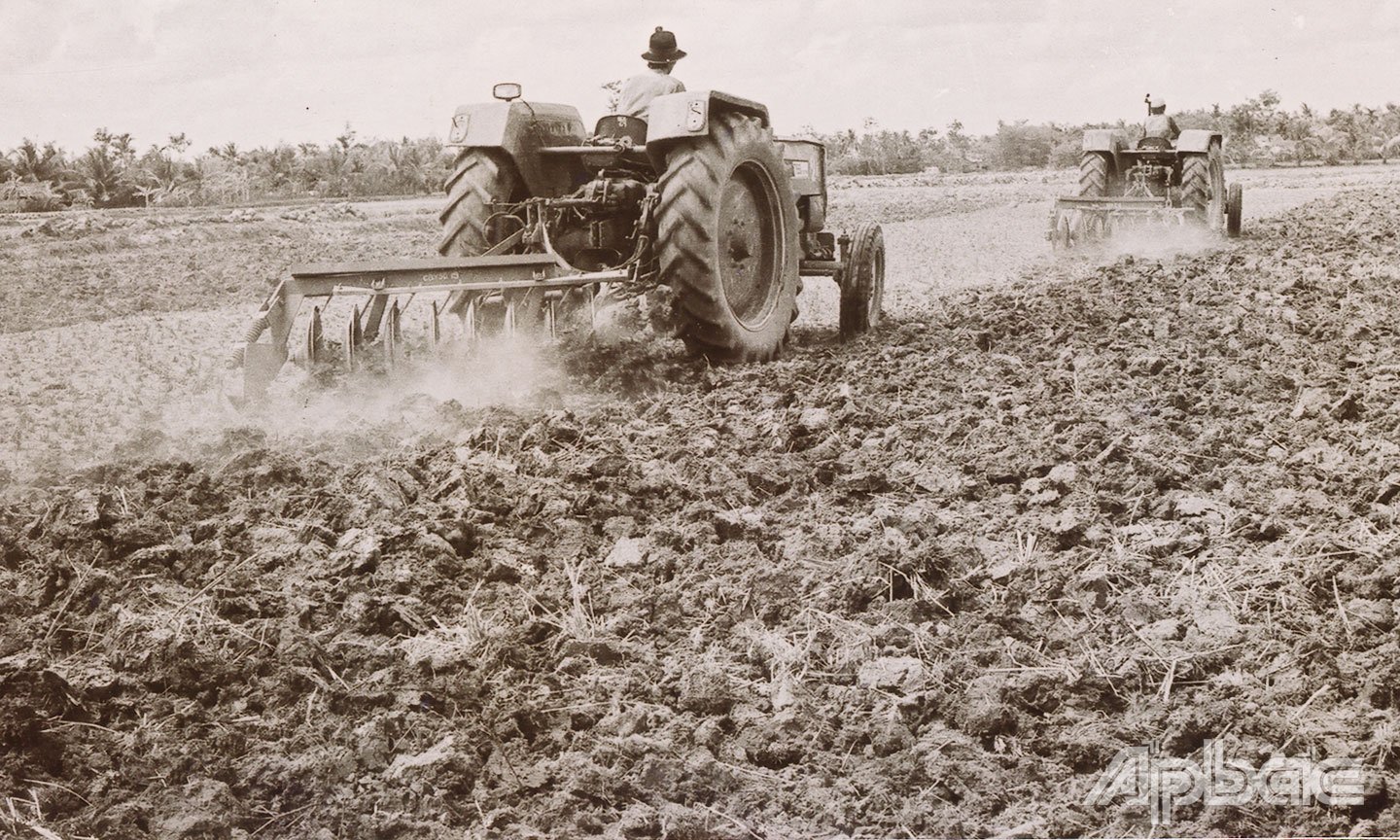 |
| Farmers in Long Binh Dien commune, Cho Gao district plowing the land in 1977. Photo: Tran Bieu |
With high spirits, farming families enthusiastically left the resettlement areas to return to their hometowns, making every effort to restore and reclaim land to develop production. Unfortunately, the following crops failed due to degraded varieties, lack of fertilizers and pesticides. In particular, in 1978, the Mekong Delta in general and Tien Giang in particular suffered from historic floods, and were attacked by pests, causing heavy losses to rice crops.
Faced with such difficulties, under the leadership of the Provincial Party Committee, economic programs were proposed to focus on agricultural development; in which, the province paid great attention to developing rice (Rice Economic Program) with breakthrough solutions in irrigation, new varieties and application of technical advances, creating conditions for the province's rice production to grow rapidly.
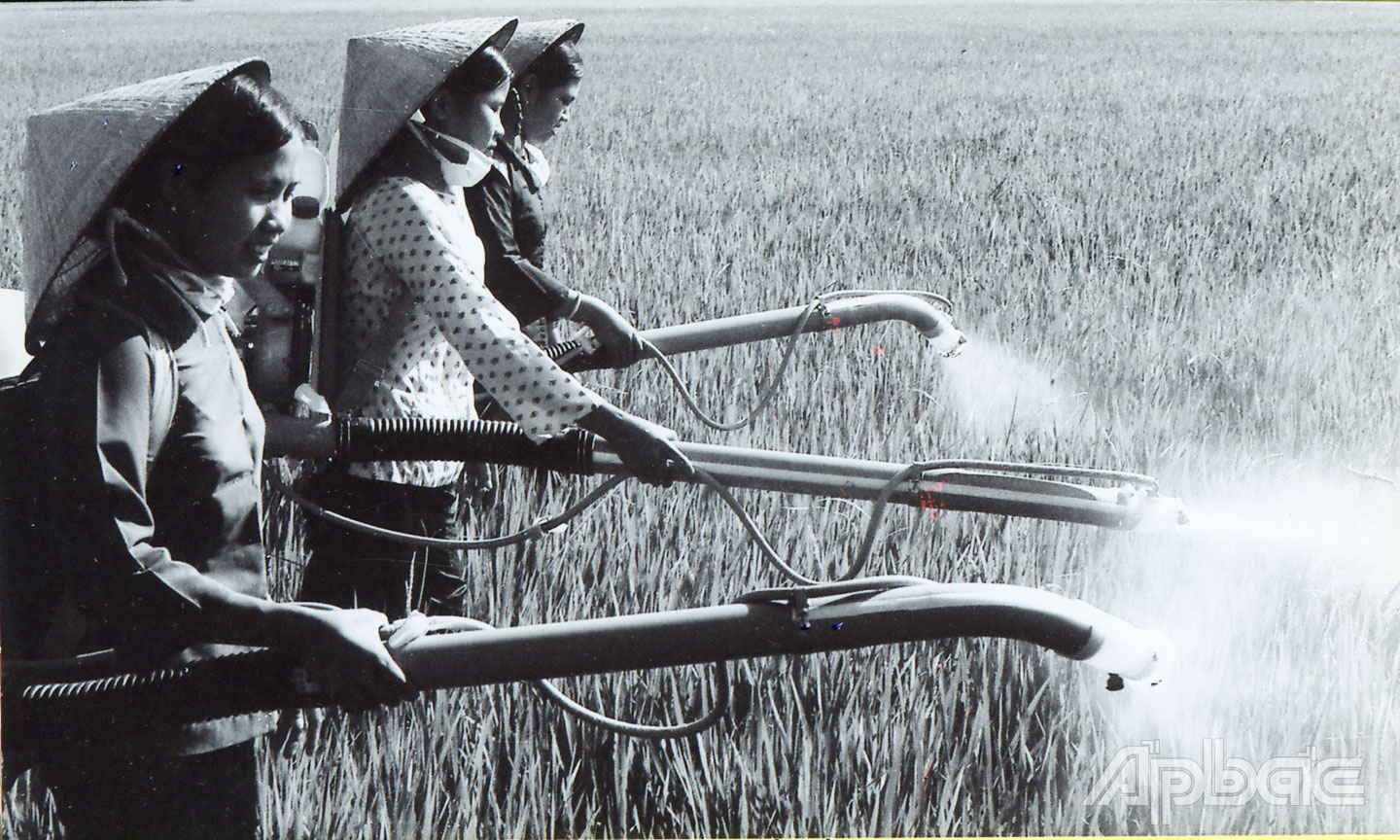 |
| Campaign to eradicate planthoppers in 1978. Photo: Tran Bieu |
Specifically, in the face of food shortages after the liberation of the South and the reunification of the country, the Provincial Party Committee has been proactive and creative in proposing economic programs, including the High-Yield Rice Program (rice-rice economy) to focus on agricultural development with breakthrough solutions in irrigation, new varieties and application of technical advances, focusing on dredging a series of canals to serve agricultural irrigation.
The first breakthrough of the agricultural sector was to implement the construction of a sweetening zone with the Go Cong Sweetening Project. At that time, this was one of the most important and effective irrigation projects in the South, which could be considered a revolution in agricultural production implemented in Tien Giang province with the full support of the Ministry of Agriculture (now the Ministry of Agriculture and Environment) and central ministries and branches.
With this sweetening program, the eastern districts from cultivating only one low-yield rice crop have gradually become one of the important food production areas of the province up to now. Next, the policy of reclaiming and restoring the Dong Thap Muoi region has helped to convert 7,000 hectares of rice from cultivating one crop to 2 crops, then 3 crops/year..., forming a high-yield rice area in the western districts of the province.
Along with irrigation solutions is the seed solution. To deal with the pest epidemic in 1978-1979 and to serve intensive farming and increase crops, new seeds after the liberation period were considered an extremely important solution. The agricultural sector organized the construction of a seed propagation network from the province, district to the grassroots level; in which, taking good farmers as the core. The whole province has built more than 300 seed propagation groups to serve production.
Since 1980, the whole province has widely used new short-term pest-resistant rice varieties (IR, LD2, LD4...), many varieties are tolerant to salinity and acidity; gradually changing the practice of using edible rice as seed rice. Varieties and techniques commonly used in production have contributed decisively to the transformation of the production season structure, increasing crops... and for many years after that, proactively managing harmful pests and diseases, adapting production to adverse conditions by cultivating right from the beginning of the season to protect crop yield and output.
EXCEEDING 1 MILLION TON OF RICE
Thanks to the synchronous implementation of many programs, combined with the introduction of short-term rice varieties into production, Tien Giang is the leading province in the Mekong Delta region with high food output.
Comrade Vo Van Men, Head of the Department of Cultivation and Plant Protection of Tien Giang province affirmed: Practice has proven that choosing the right breakthrough solution in irrigation has brought the fastest and most practical results for socio-economic development, forming a dense and interconnected canal system throughout the province, creating conditions for agricultural production, mainly serving rice cultivation... to develop rapidly.
Rice production has developed in the direction of intensive farming, increasing the number of crops from only one low-yield crop, gradually becoming one of the important food production areas of the province with 3 crops/year.
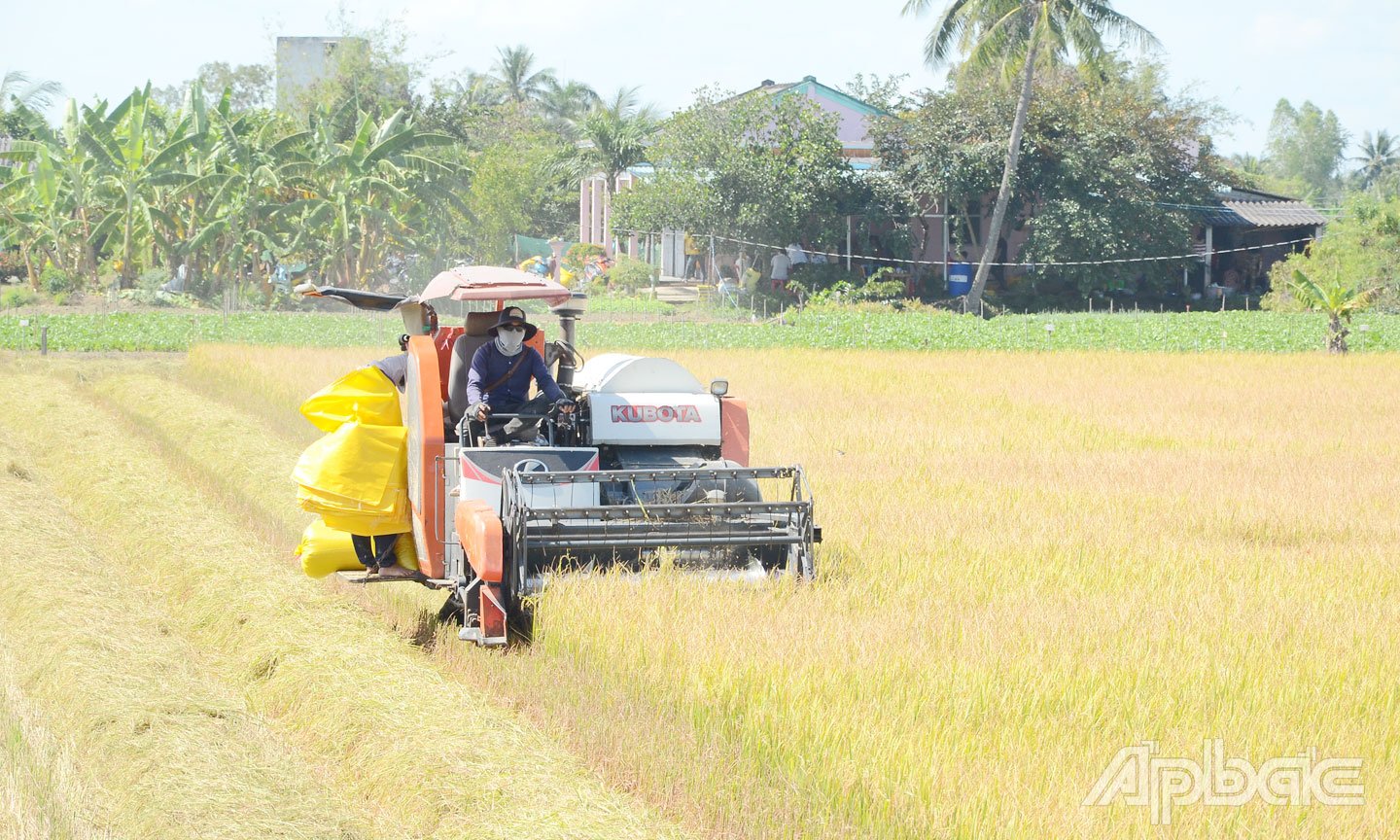 |
| Harvesting rice. Photo: MINH THANH |
In recent years, to meet market demands, the province has continued to adjust the rice production structure towards high adaptability for each ecological region and strongly shifted to high-quality rice varieties suitable for export market requirements with some promising, high-yield, high-quality rice varieties such as: OM18, OM380, OM5451...
The area of production of medium quality rice varieties has now decreased significantly compared to before, currently accounting for only about 1.7% of the province's rice growing area.
Comrade Vo Van Men said that in 1990, for the first time, rice output in Tien Giang exceeded 1 million tons and 61,000 tons were exported. The process of international integration became increasingly deep, in the following years, Tien Giang's food output continuously exceeded 1 million tons (in 2005, it reached 1.3 million tons of rice, exporting over 300,000 tons of rice), contributing to ensuring national food security.
Following that, agricultural production continued to develop in the direction of forming specialized areas for producing specialty rice, fragrant rice, and high-quality rice. By 2015, the whole province had 230,605 hectares of cultivated rice, with an average yield of nearly 6 tons/ha (2.3 times higher than in 1976), and an output of more than 1.3 million tons of rice of all kinds.
FRIENDLY
(to be continued)
Source: https://baoapbac.vn/kinh-te/202506/tien-giang-tu-thieu-luong-thuc-den-vung-trong-diem-xuat-khau-lua-gao-bai-1-tim-giai-phap-dot-pha-cho-cay-lua-1044271/





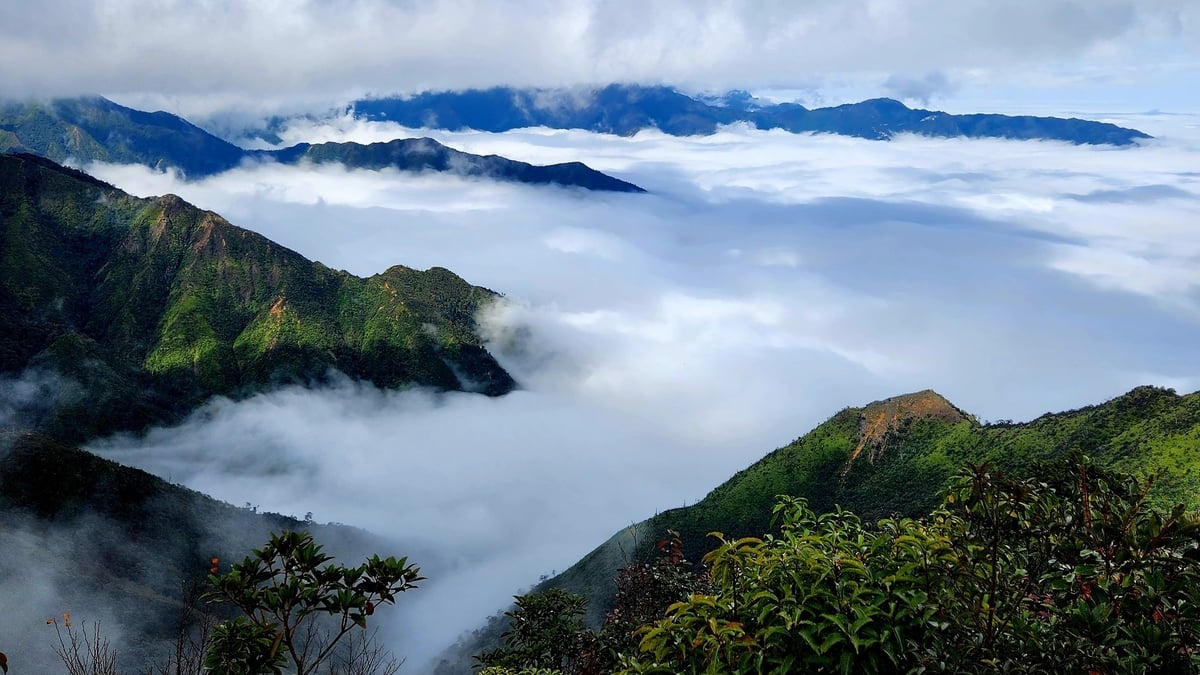

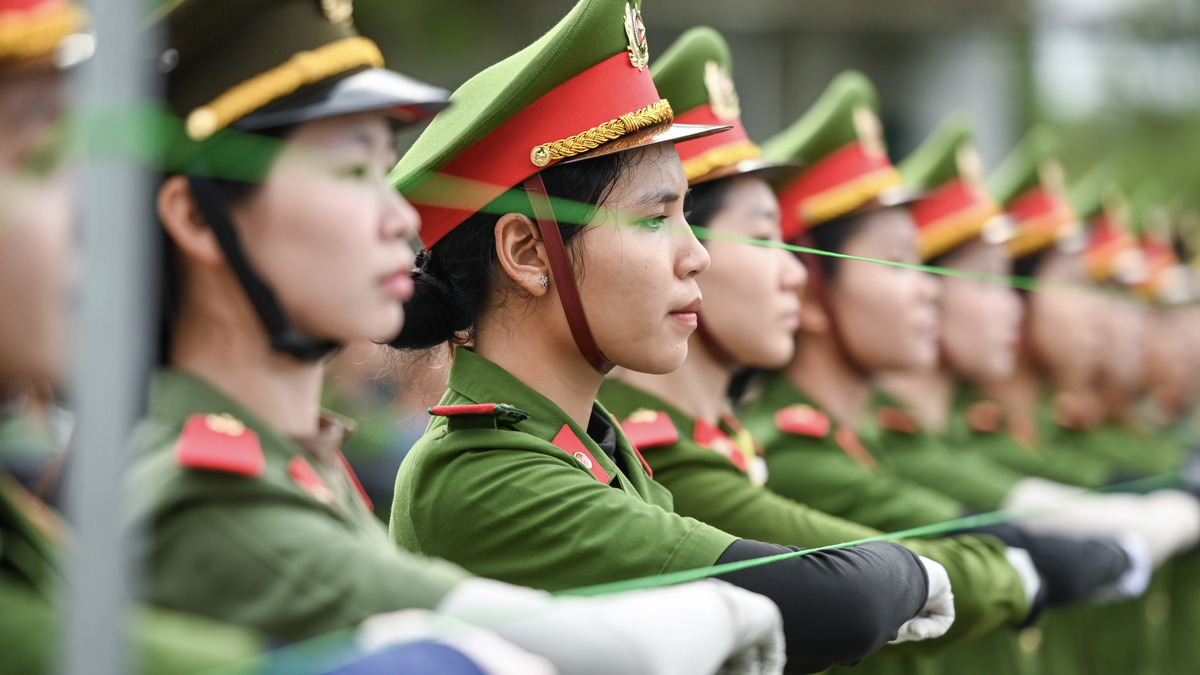



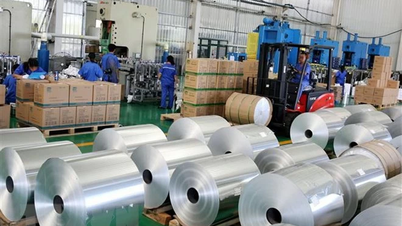

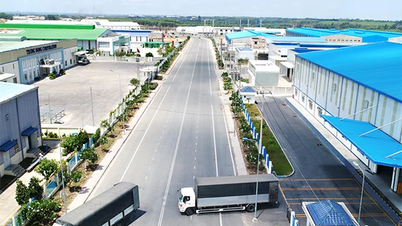
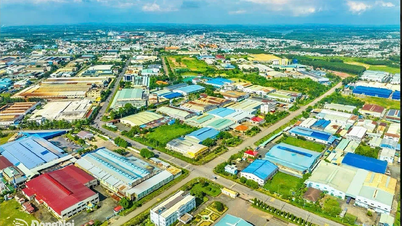




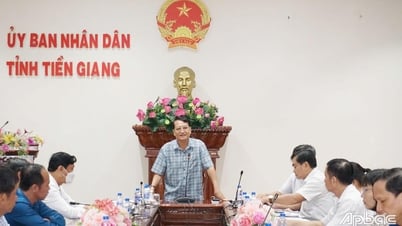
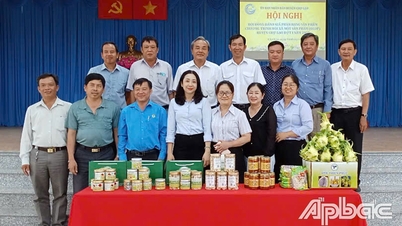
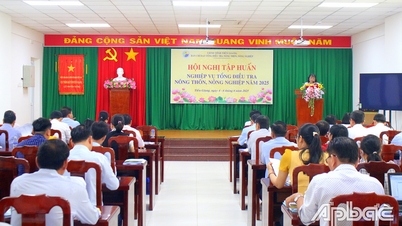
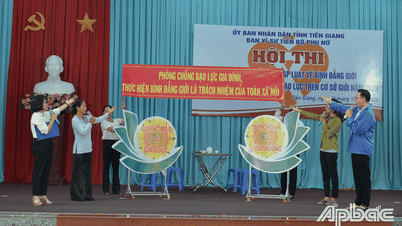



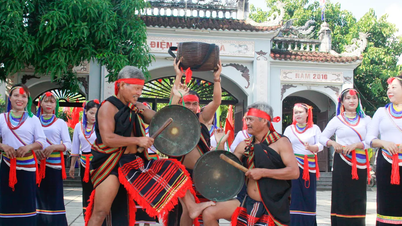

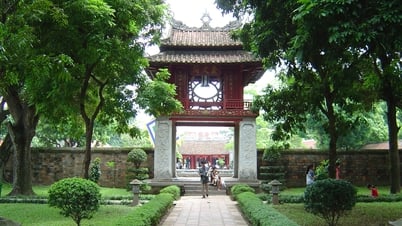

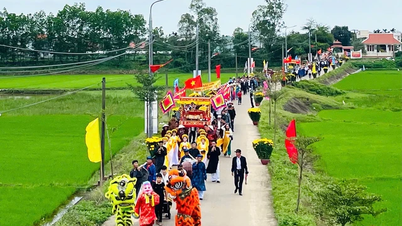



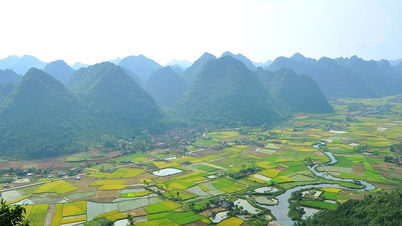















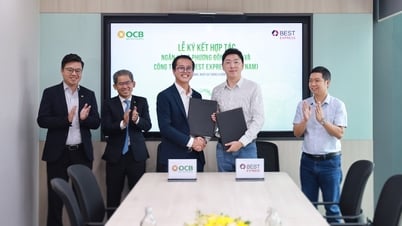





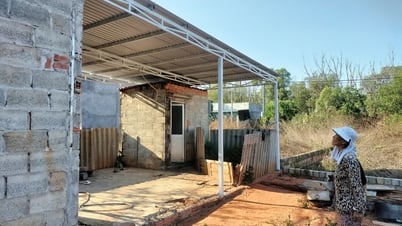















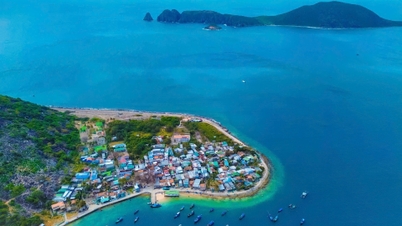

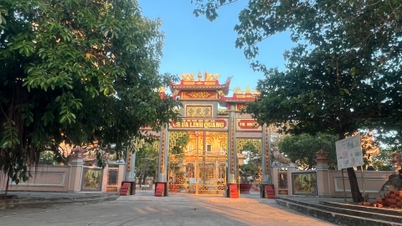




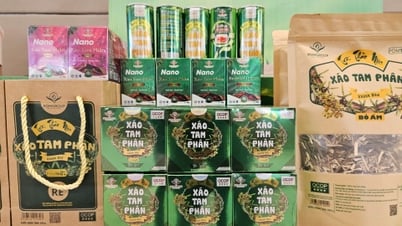

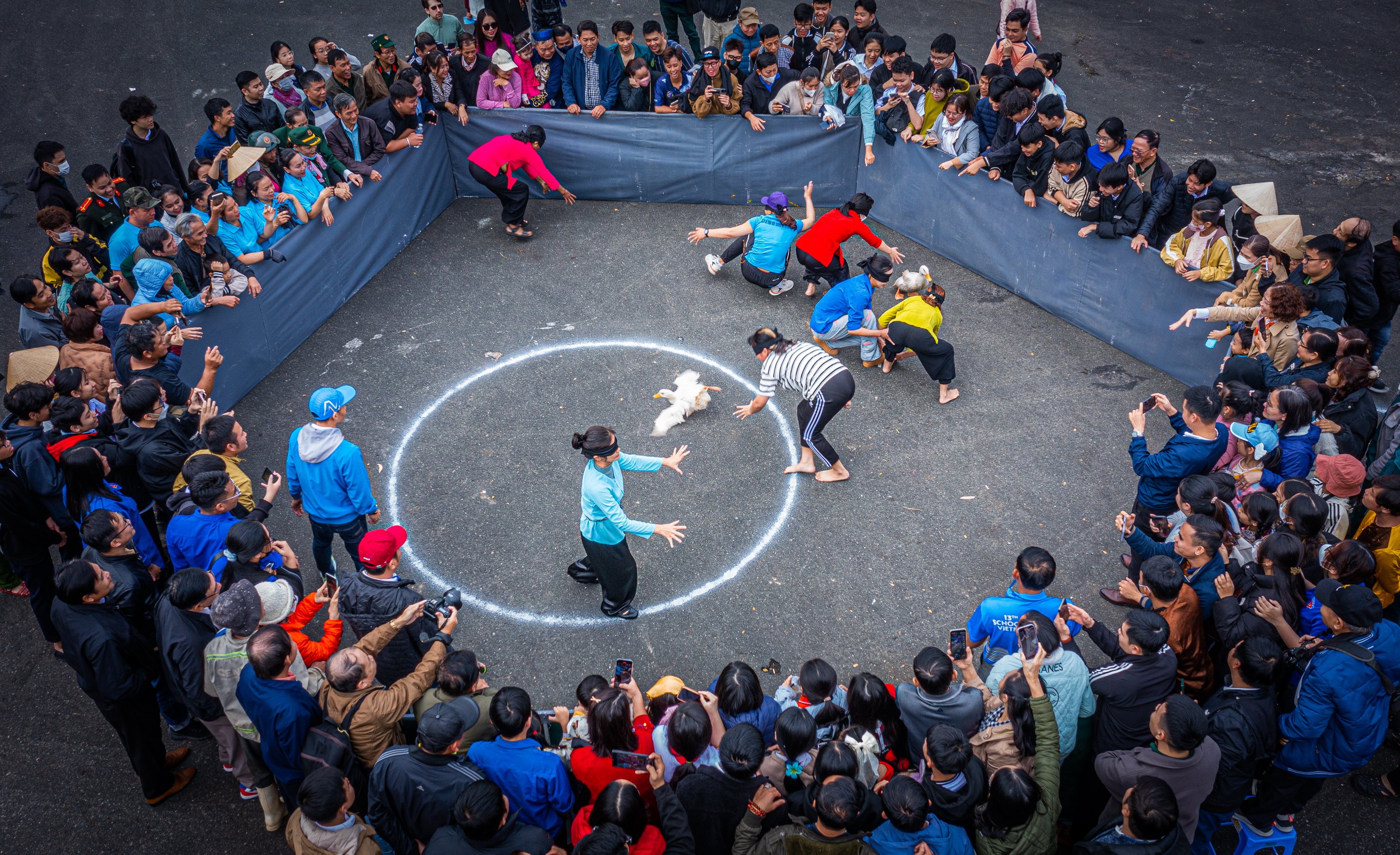



Comment (0)